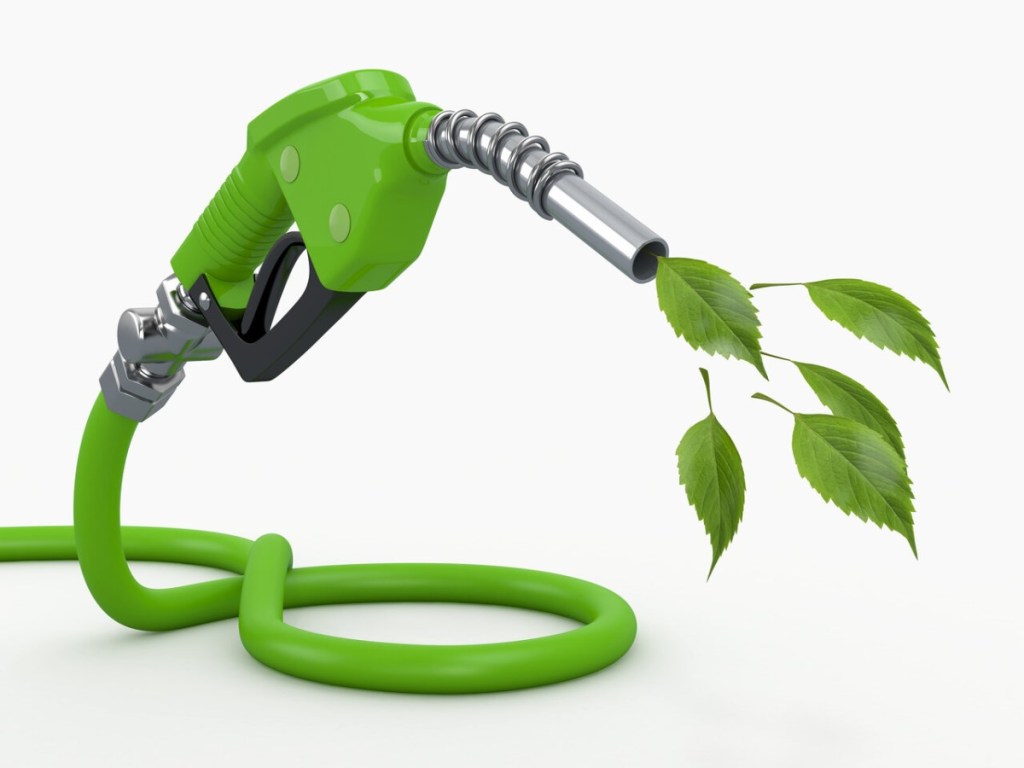Fuel for Thought
Non-Petroleum Options
Amid spiking gasoline prices and concerns over global warming, are cleaner fuel sources available? Yes, says HotCars, a Canadian information source for the car, pickup truck and motorcycle industries: “The number of alternative fuels out there is surprising, and it speaks volumes to the innovation of people the world over. Some of them may even […]
